San Francisco Ballet, Program 1: Don Quixote
It’s Ballet Season 2019! Time to dust off something cute to wear and wing up to San Francisco for a fun night out with mom and sister. This is our 14th year of having season tickets to the San Francisco Ballet, which seems substantial until you learn that Robbie and Gail who sit in front of us have had their season tickets for over 40 years! Apparently, it’s the kind of tradition with staying power.
San Francisco Ballet opened their 2019 season with Don Quixote, the rom-com of the classical ballet cannon. It is silly and corny, and it knows that it’s camp. At the same time, the Spanish flavor lends a bit of flair to the performances. It’s like Diana Vreeland would say, “a little bad taste is like a nice splash of paprika.”

Don Quixote premiered in 1869 with music by Ludwig Minkus and choreography by Marius Petipa. Modern productions retain the Minkus score; however, the choreography is derived from Alexander Gorsky’s 1900 update of Petipa’s original. The San Francisco Ballet version, staged by Helgi Tomasson and Yuri Possokhov, premiered in 2003.
The libretto is based on two chapters from Cervantes. The story begins with Don Quixote dreaming of his beloved Dulcenea and resolving to go on a quest to find her. From there the story transitions to a town where the inn-keeper’s daughter, Kitri, is rendezvousing with her beloved Basilo, the town barber. Conflict arises because Kitri’s father wants to betroth her to a rich nobleman. Soon Don Quixote and Sancho Panza arrive in town to exacerbate the shenanigans. After much hijinks, including a gypsy camp, tilting at windmills, and hallucinatory driads, Kitri and Basilo are allowed to wed and there is much rejoicing. Let’s just say that the plot of a romantic ballet is only there to give the illusion of a structure for a bunch of dancing.
The performance that we saw featured Sasha de Sola as Kitri and Aaron Robison as Basilo. Sasha has been with San Francisco Ballet since 2007 and was promoted to principal dancer in 2017. I don’t think that we had seen her in the lead of an evening-length story ballet before and I was very pleased with her performance. She is a stunning, petite blonde with big blue eyes and a radiant smile. Sasha studied at the Kirov Academy, formerly the Russian Imperial Academy, and her Russian training is evident in her precise technique. Her Kitri was athletic and joyful. She wasn’t as sassy as some Kitris, but she didn’t need to be, it wouldn’t have suited her.
There is a ballet term, “ballon” which refers to the illusion that a leaping dancer floats through the air momentarily. In general, I don’t find San Francisco Ballet dancers possess much ballon; they tend to telegraph the effort of take-off and you hear every ounce of them land.
The role of Basilo is known for its many virtuosic leaps which Mikhail Baryshnikov immortalized with his ability to appear to actually fly. Aaron also executed these leaps in a powerful-yet-effortless manner and landed every one of them silently. He managed to be elegantly graceful and cool at the same time, even during the more comic scenes. Aaron first performed with San Francisco Ballet during the 2016 season and returned in 2018. I hope that he is here to stay.
Now, I can’t neglect to tell you about the real star of the show, Oreo the pony. Oreo played the part of Sancho Panza’s donkey, Dapple. The horse who played Don Quixote’s Rocinante was an elegant white gelding. But Oreo is this adorable, dark-brown, fuzzy pony with a huge, unruly blonde forelock, mane, and tail. Yes, there is a horse and a donkey in this ballet, why wouldn’t there be? How would the Don and Sancho make their dramatic entrance without them?
Ballet Season 2019 is off to an auspicious start. More to come!

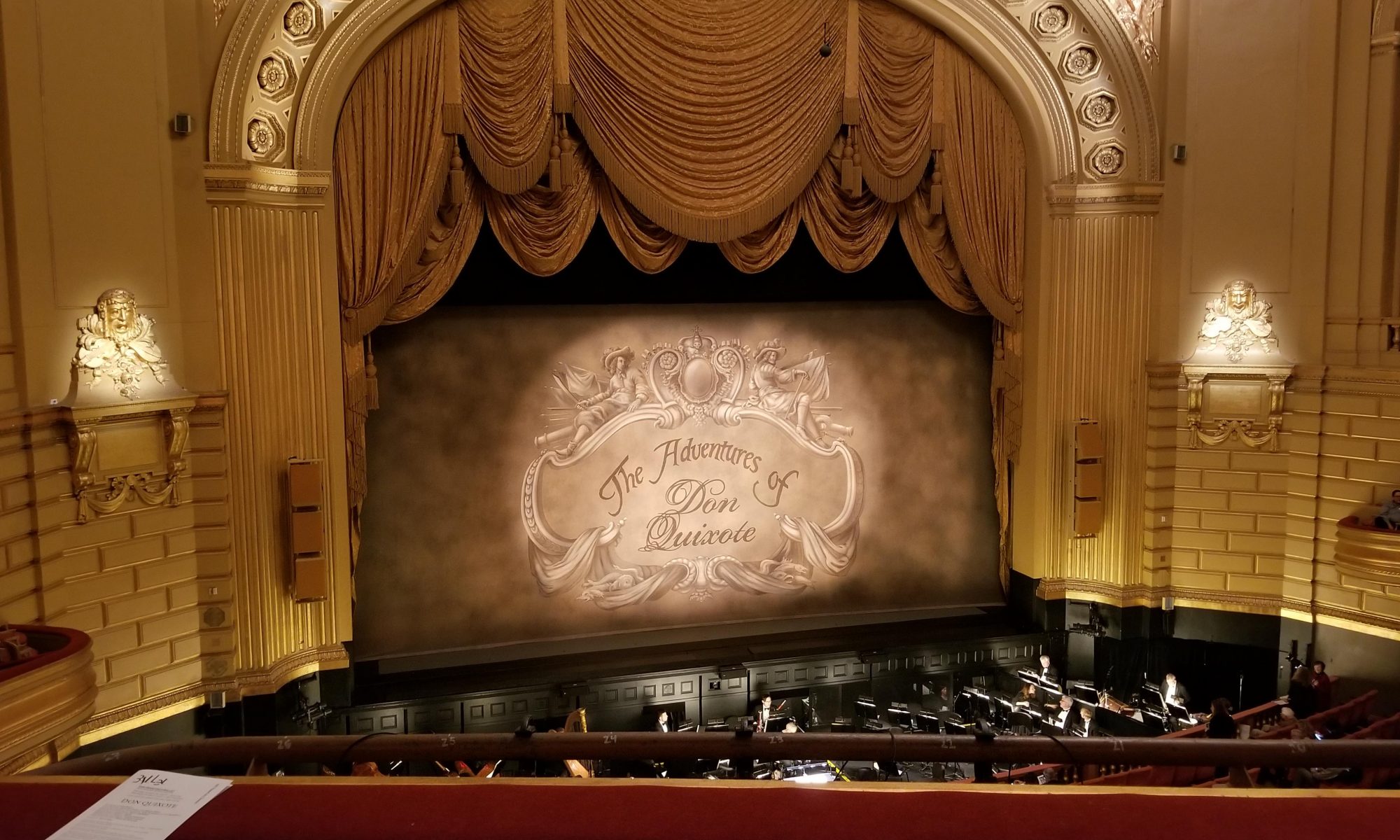
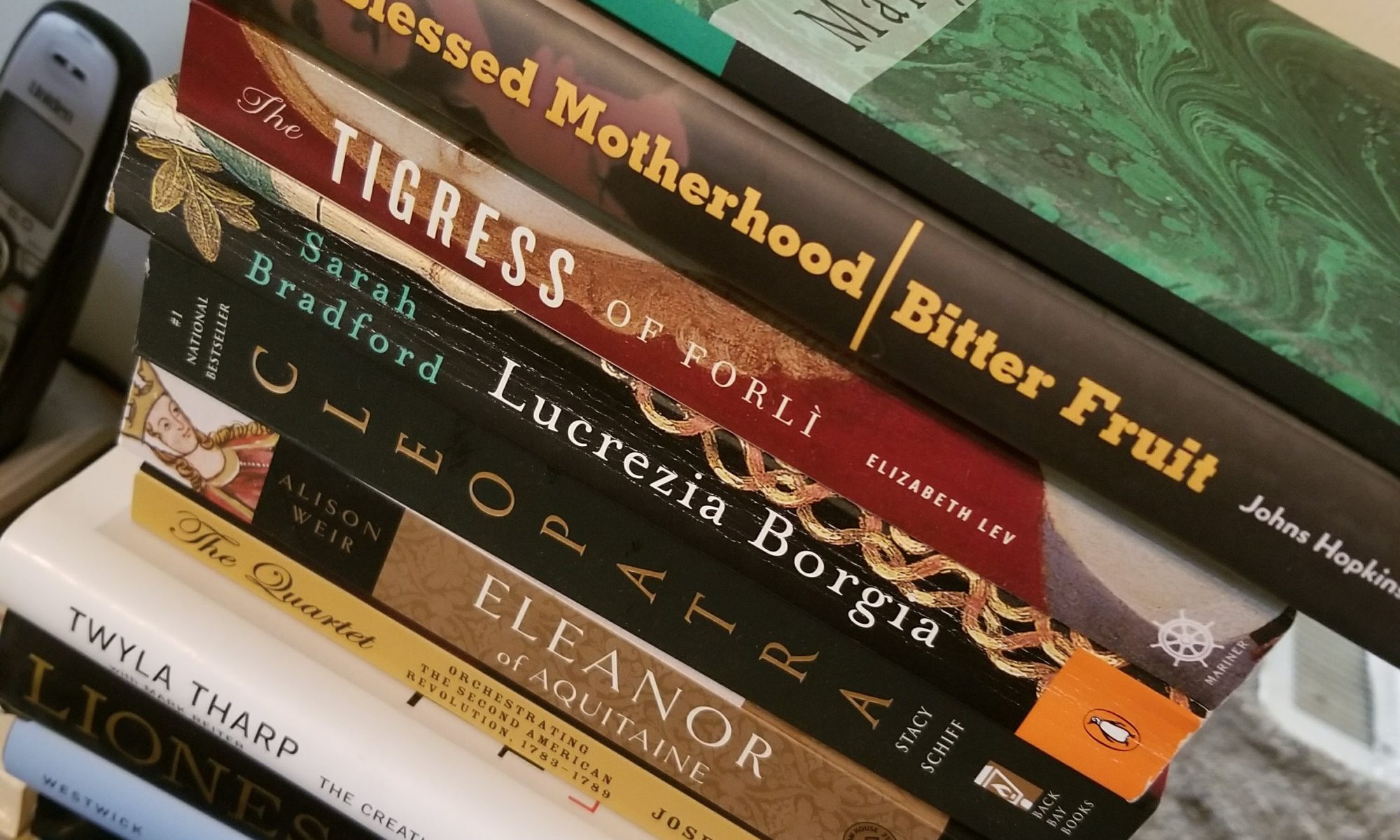
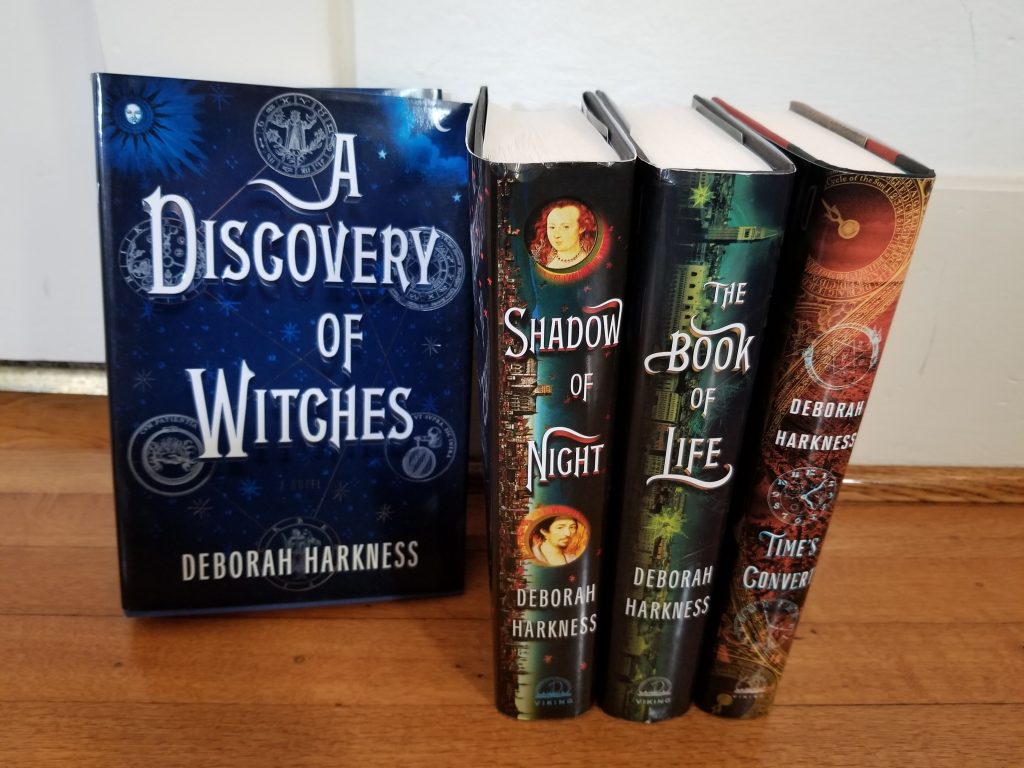
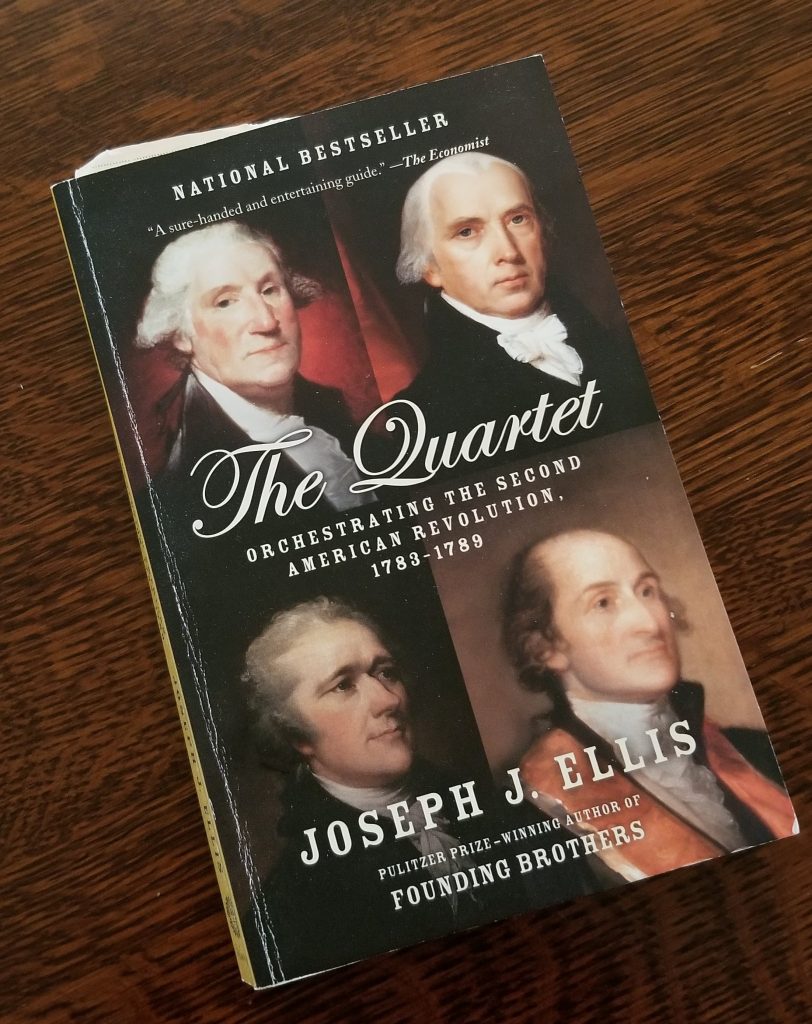
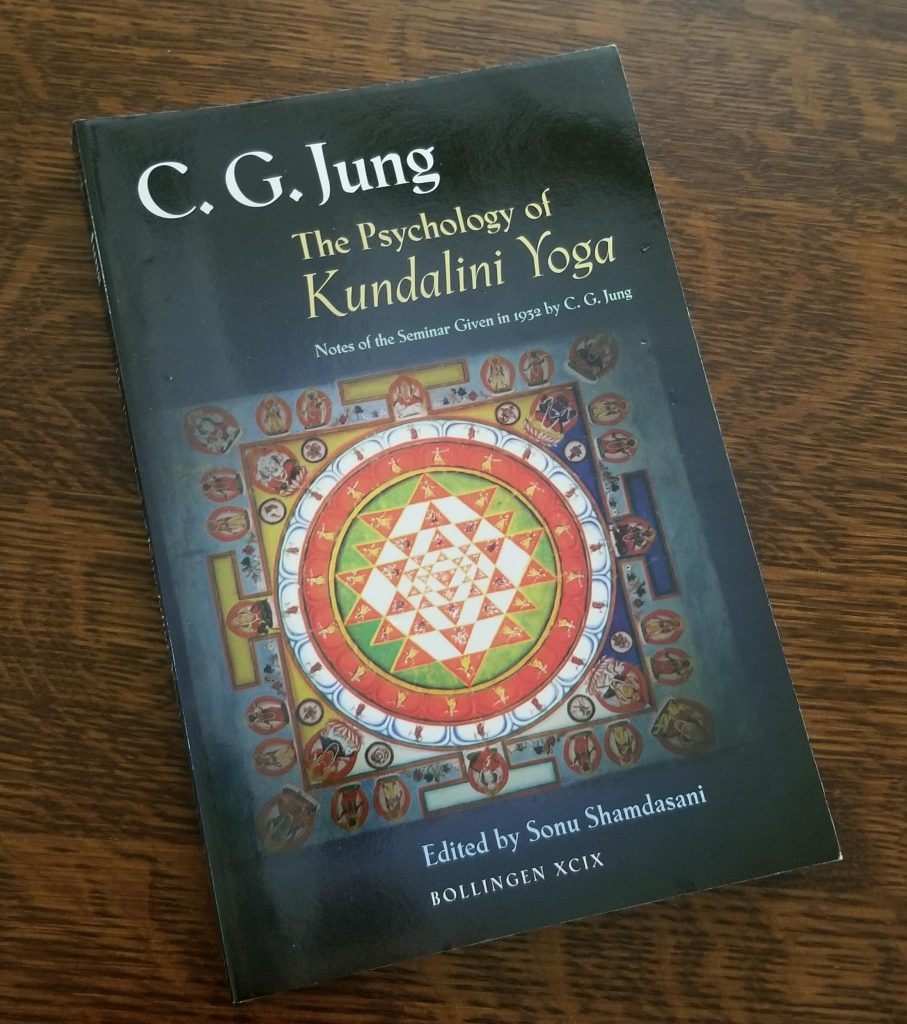

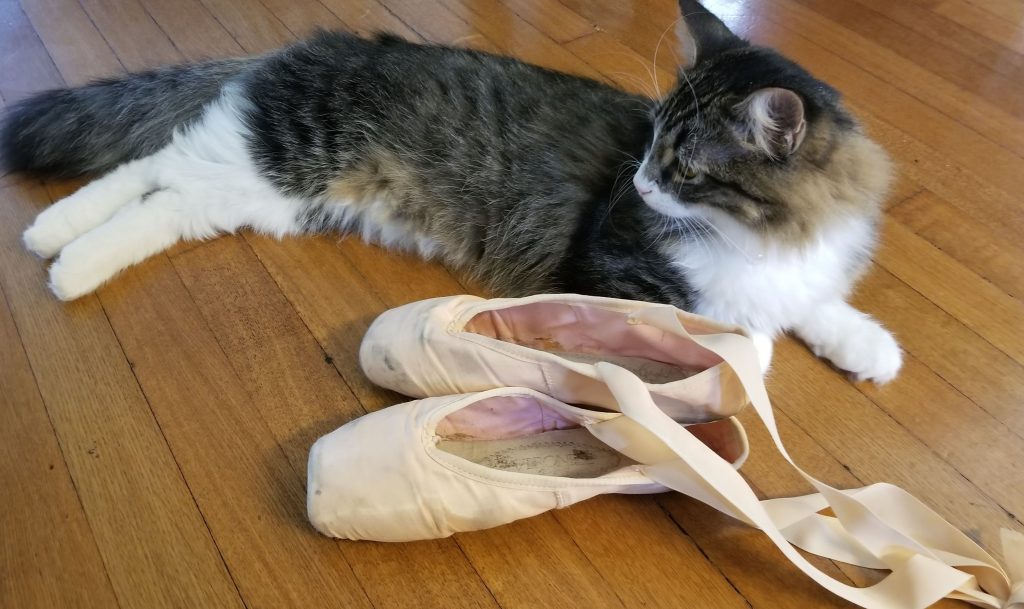
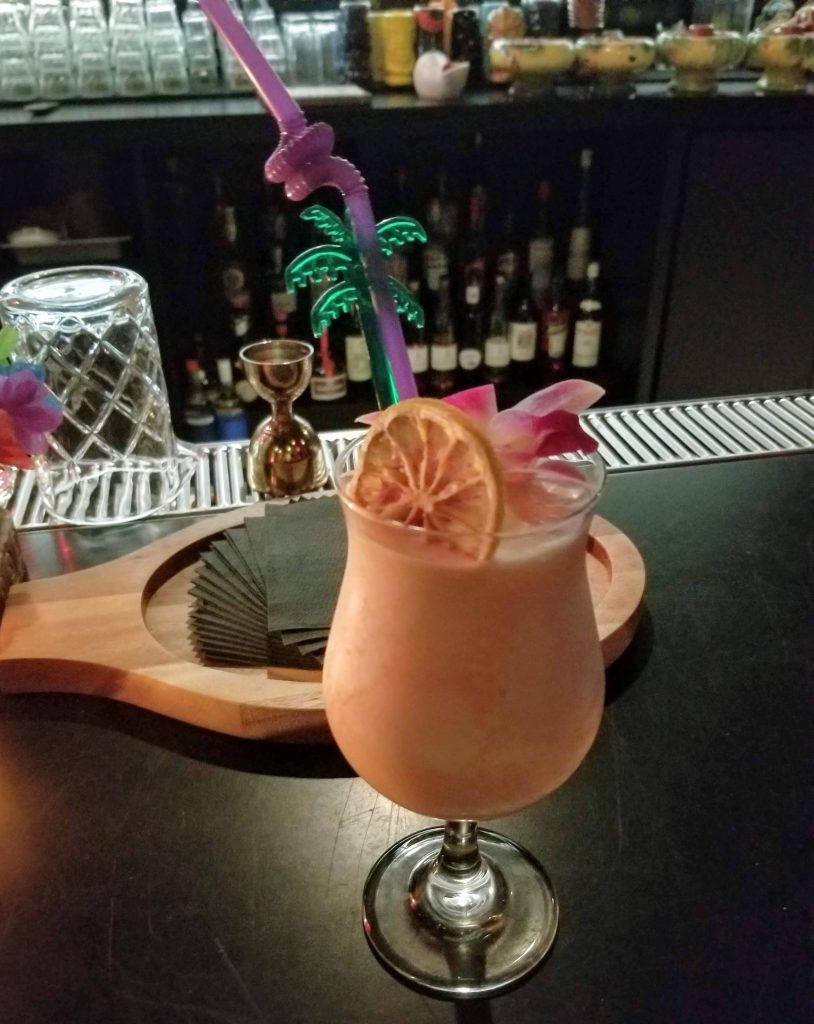

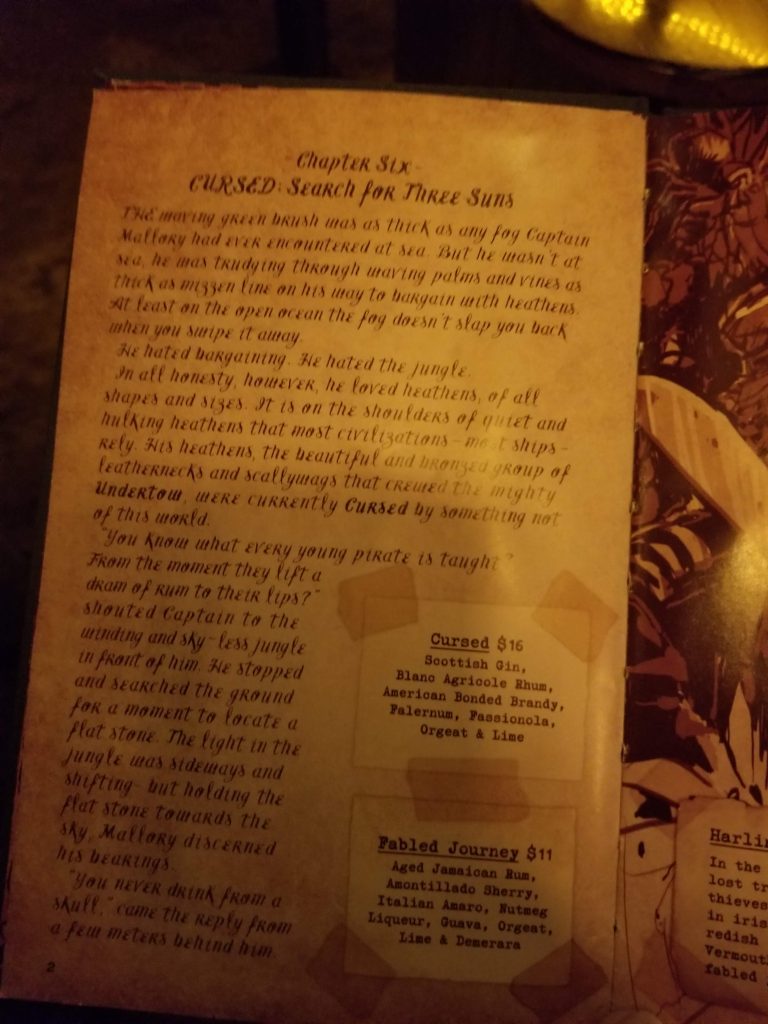
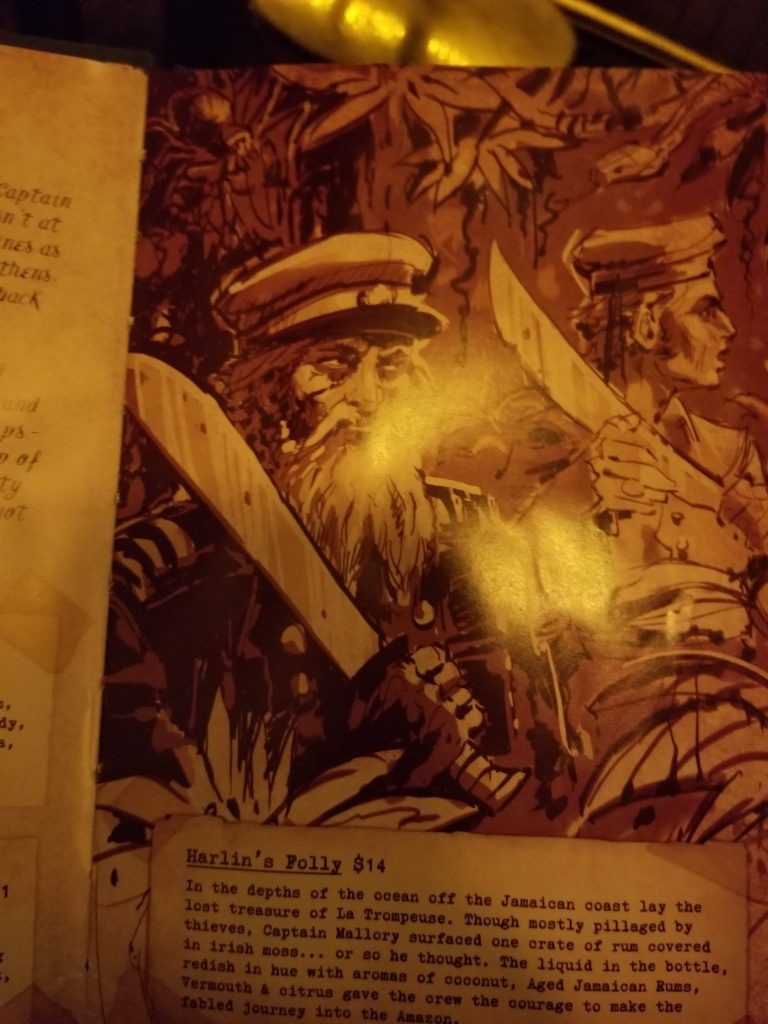

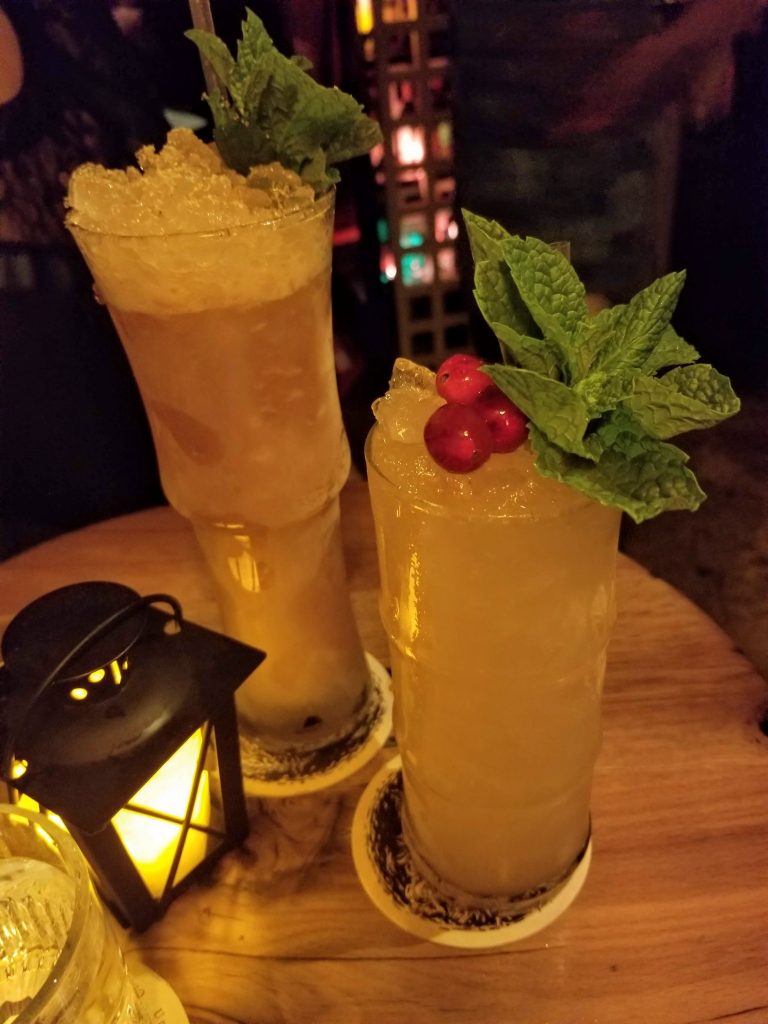
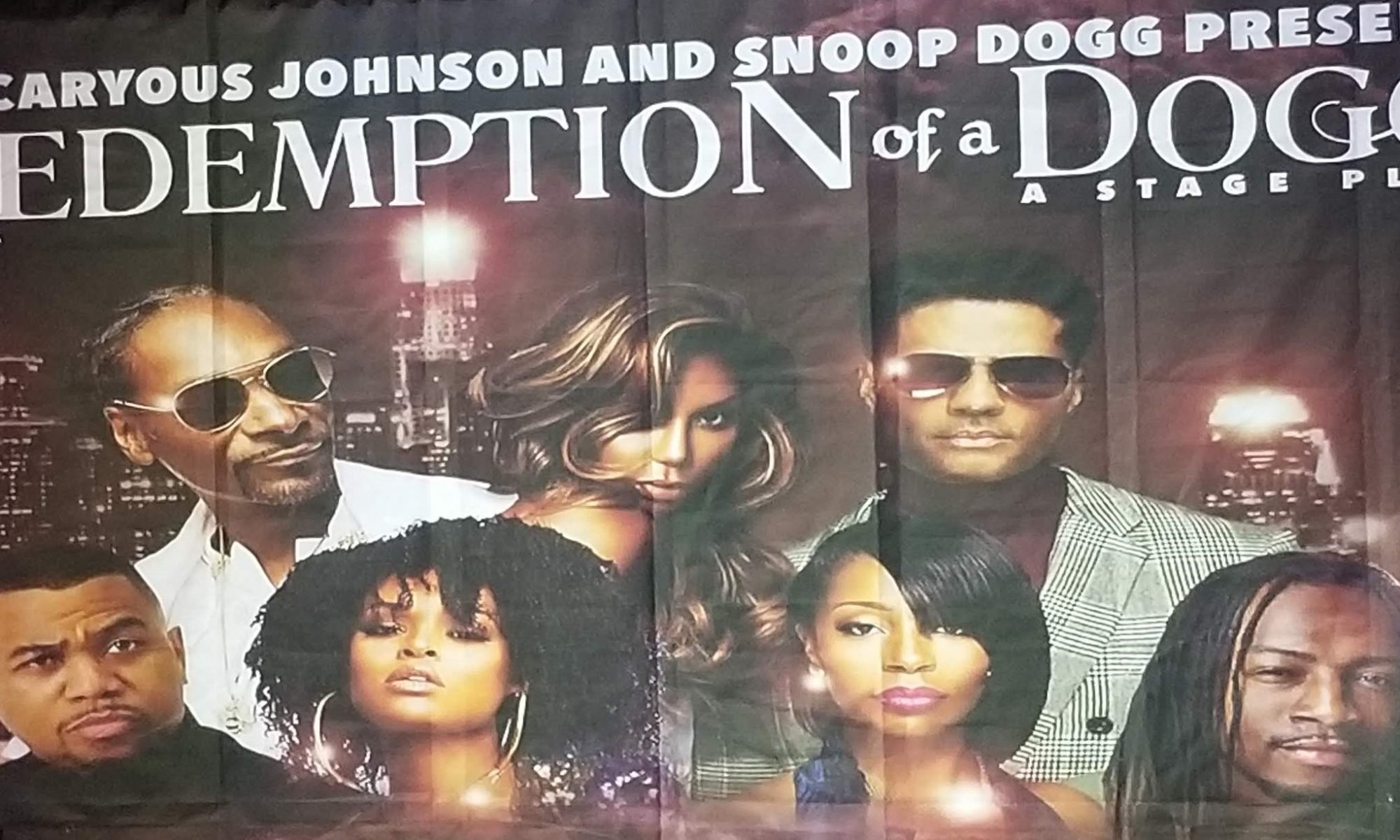
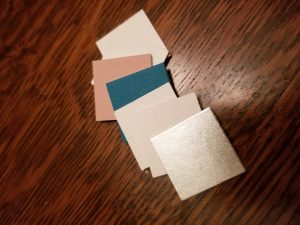 This woman also had a whole series that she had created on one-inch squares of different kinds of paper. She said that it was inspired by a time that she didn’t feel like she had time to create art daily. She decided that she always had at least enough time to create 1” square of art and that some days that would be enough. When we were leaving, she gave us both a handful of squares and told us that we could also find enough time, energy, and motivation to make 1” of art. I’m looking forward to designating a week to try it out and will be sure to share the results with you when I do.
This woman also had a whole series that she had created on one-inch squares of different kinds of paper. She said that it was inspired by a time that she didn’t feel like she had time to create art daily. She decided that she always had at least enough time to create 1” square of art and that some days that would be enough. When we were leaving, she gave us both a handful of squares and told us that we could also find enough time, energy, and motivation to make 1” of art. I’m looking forward to designating a week to try it out and will be sure to share the results with you when I do.